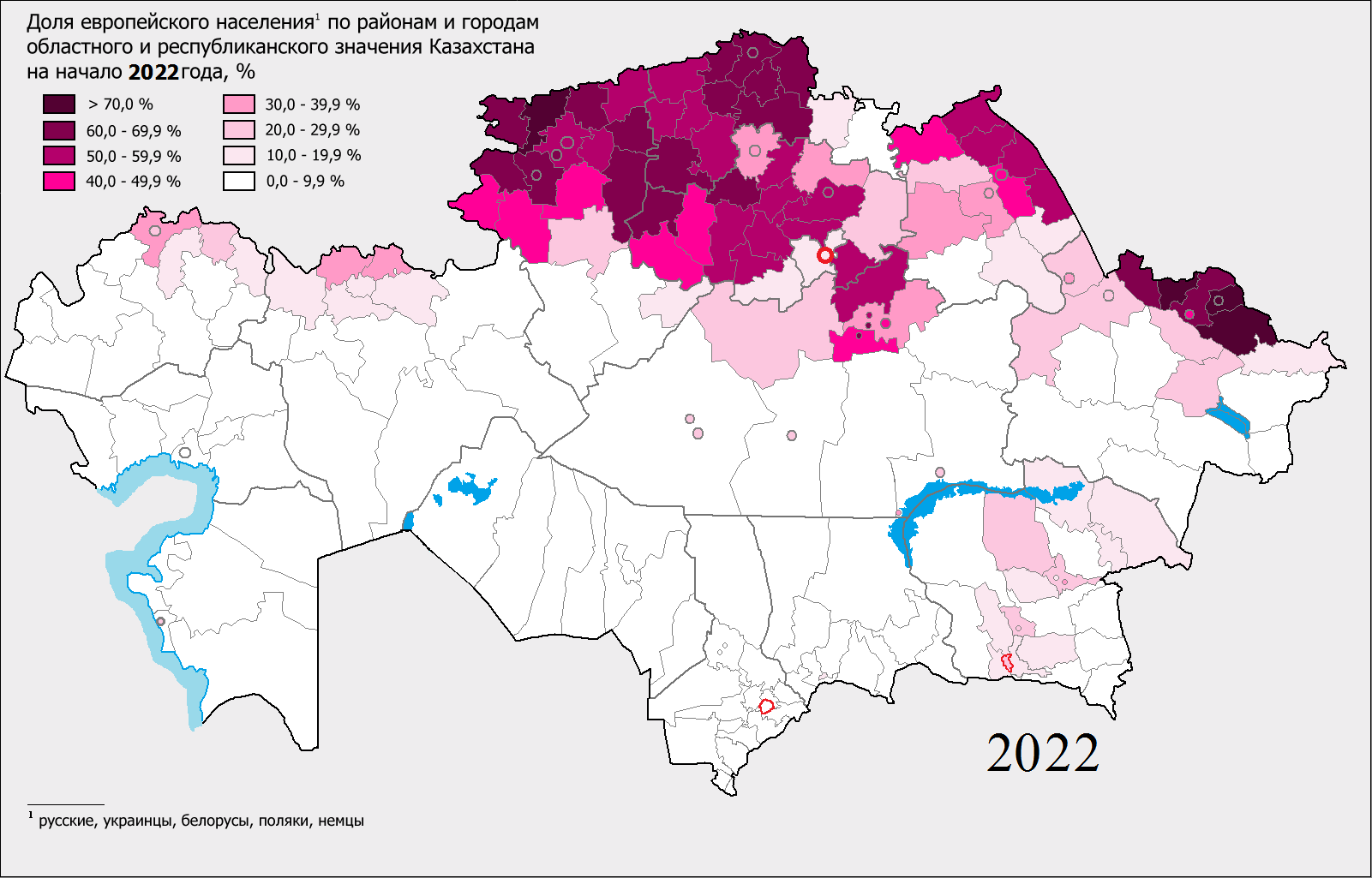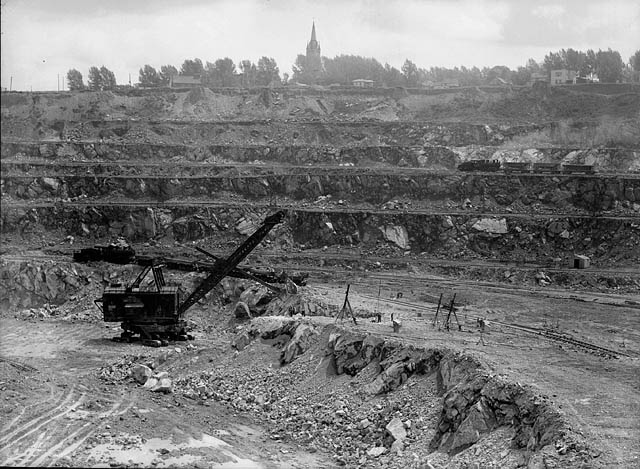|
Zhetikara
Zhitikara ( kz, Жітіқара, ''Jıtıqara''; russian: Житикара) is a town and the administrative center of Zhetikara District, Zhitikara District in Kostanay Region of northwestern Kazakhstan, close to the Kazakhstan–Russia border. The town is located in the west of the region, on the Turgay Plateau, west of the Tobol River. Population: History Zhitikara was founded in 1880 as the aul of Konildi. At the time, it was a part of Nikolayevsky Uyezd (later renamed Kustanaysky Uyezd) of Turgay Oblast, Russian Empire, Turgay Oblast. In 1915, it was renamed Zhitikara (Dzhetygara), and subsequently granted urban-type settlement status. In 1920, Turgay Oblast was transformed into Turgay Governorate, and on November 9, 1920, it was abolished and merged into Orenburg-Turgay Governorate. On April 1, 1921 the area was transferred into newly established Kustanay Governorate. Dzhetyhara was a part of Adamovsky District and the administrative center of Dzhetygarinskaya Vo ... [...More Info...] [...Related Items...] OR: [Wikipedia] [Google] [Baidu] |
Zhetikara District
Zhetikara ( kk, Жітіқара ауданы, ) is a Districts of Kazakhstan, district of Kostanay Region in northern Kazakhstan. The administrative center of the district is the town of Zhetikara. Population: References Districts of Kazakhstan Kostanay Region {{Kazakhstan-geo-stub ... [...More Info...] [...Related Items...] OR: [Wikipedia] [Google] [Baidu] |
Rashid Nurgaliev
Rashid Gumarovich Nurgaliyev (russian: Рашид Гумарович Нургалиев tt-Cyrl, Рәшит Гомәр улы Нургалиев) (born 1956) is a Russian general and politician who served as Russia's interior minister from 2003 to 2012. Early life and education Nurgaliyev was born in Zhetikara, Kazakh SSR, on 8 October 1956 and is of Volga Tatar ethnicity. He graduated from Kuusinen State University in Petrozavodsk in 1979. He later received a doctoral degree in economics. His thesis was on the “economic aspects of the formation of business undertakings in modern Russia". Career From 1981 to 1995, he worked in the KGB Directorate of Karelia and its successor, Security Ministry of Karelia, in 1992-1994 led by Nikolai Patrushev. In 1995, he moved to Moscow and was appointed chief inspector of the Inspectorial Directorate of FSK ( FSB) and head of a section of FSB Internal Security Department led by Nikolai Patrushev. In 2002, he became first deputy mini ... [...More Info...] [...Related Items...] OR: [Wikipedia] [Google] [Baidu] |
Kostanay Region
Kostanay Region ( kk, Қостанай облысы, translit=Qostanai oblysy; russian: Костанайская область, translit=Kostanayskaya oblast) is a region of Kazakhstan. Its administrative center is the city of Kostanay. The population of the region is 900,300. The population living in Kostanay is 207,000 which is equivalent to 23% of the region. Geography Kostanay Region is adjacent to the Russian federal subjects Orenburg Oblast, Chelyabinsk Oblast, Kurgan Oblast, and is near the Ural Mountains. It also touches four other Kazakh regions: Aktobe Region to the southwest, Karaganda Region to the south, Akmola Region to the southeast, and North Kazakhstan Region to the northeast. The Tobol (Tobyl) River, a tributary of the Irtysh River, starts in and flows through the region on its way to Russia. Kostanay Region's area is 197,000 square kilometers, making it the sixth largest of the Kazakh regions. Flora and fauna Resources of an animal and flora of Kostanay R ... [...More Info...] [...Related Items...] OR: [Wikipedia] [Google] [Baidu] |
Districts Of Kazakhstan
The regions of Kazakhstan are divided into 170 districts ( pl. kz, аудандар, ''audandar''). The districts are listed below, by region: Abai * Abay District *Ayagoz District * Beskaragay District *Borodulikha District * Kokpekti District *Tarbagatay District *Urzhar District *Zharma District Akmola *Akkol District *Arshaly District *Astrakhan District *Atbasar District *Bulandy District *Burabay District *Egindikol District *Enbekshilder District *Ereymentau District * Esil District *Korgalzhyn District *Sandyktau District *Shortandy District *Tselinograd District *Zerendi District *Zhaksy District *Zharkain District Aktobe *Alga District *Ayteke Bi District * Bayganin District *Kargaly District *Kobda District *Khromtau District *Martuk District *Mugalzhar District *Oiyl District * Shalkar District *Temir District *Yrgyz District Almaty *Balkhash District *Enbekshikazakh District *Ile District, Kazakhstan *Karasay District *Raiymbek District *Talgar District *Uygur Dis ... [...More Info...] [...Related Items...] OR: [Wikipedia] [Google] [Baidu] |
Kazakhstan–Russia Border
The Kazakhstan–Russia border (russian: Казахстанско-российская граница, kk, Қазақстан-Ресей шекарасы) is the international border between the Republic of Kazakhstan and the Russian Federation. It is the longest continuous international border in the world and the second longest by total length, after the Canada–United States border. It is in the same location as the former administrative-territorial border between the Kazakh Soviet Socialist Republic and the Russian Soviet Federative Socialist Republic. Geography The border starts in the west at the Caspian Sea and runs in a broadly west–east direction to the tripoint with China, though in places it is extremely convoluted. The border consists almost entirely of a series of overland lines traversing the Eurasian Steppe, though in sections rivers are utilised, such as the Maly Uzen, Ural and Uy. The border runs across lake Botkul. In the far eastern section the border r ... [...More Info...] [...Related Items...] OR: [Wikipedia] [Google] [Baidu] |
Asbestos
Asbestos () is a naturally occurring fibrous silicate mineral. There are six types, all of which are composed of long and thin fibrous crystals, each fibre being composed of many microscopic "fibrils" that can be released into the atmosphere by abrasion and other processes. Inhalation of asbestos fibres can lead to various dangerous lung conditions, including mesothelioma, asbestosis, and lung cancer, so it is now notorious as a serious health and safety hazard. Archaeological studies have found evidence of asbestos being used as far back as the Stone Age to strengthen ceramic pots, but large-scale mining began at the end of the 19th century when manufacturers and builders began using asbestos for its desirable physical properties. Asbestos is an excellent electrical insulator and is highly fire-resistant, so for much of the 20th century it was very commonly used across the world as a building material, until its adverse effects on human health were more widely acknowl ... [...More Info...] [...Related Items...] OR: [Wikipedia] [Google] [Baidu] |
Aktobe Region
The Aktobe Region ( kk, Ақтөбе облысы, Aqtöbe oblysy; russian: Актюбинская область, translit=Aktyubinskaya oblast) is a region of Kazakhstan. The name ''Aktobe'' comes from Kazakh ''aq'' 'white' and ''töbe'' 'hill' or 'top (of something)'; supposedly, Aktobe's initial settlers were able to see white mountains far to the north. The Aktobe regional capital is the city of Aktobe. The region is located in the western part of Kazakhstan. Its area is 300,629 km2 (second-largest in Kazakhstan), which is 11 per cent of the territory of Kazakhstan. The population is 909 673 as of June 1, 2022. It was formed as a result of the administrative-territorial reform on March 10, 1932 as part of the cossack KSSR. Historically, it was preceded by the Aktobe district, which existed in 1921-1928. In 1936, the region became part of the Kazakh SSR separated from the RSFSR and since 1991, after the collapse of the USSR, as part of the independent Republic of Kazakhstan. ... [...More Info...] [...Related Items...] OR: [Wikipedia] [Google] [Baidu] |
Kazakh Soviet Socialist Republic
; kk, Қазақ Советтік Социалистік Республикасы) *1991: Republic of Kazakhstan (russian: Республика Казахстан; kk, Қазақстан Республикасы) , linking_name = the Kazakh Soviet Socialist Republic , year_start = 1936 , event_start = Elevation to a Union Republic , date_start = 5 December , event1 = Jeltoqsan riots , date_event1 = 16 December 1986 , event2 = Sovereignty declared , date_event2 = 25 October 1990 , event3 = Renamed Republic of Kazakhstan , date_event3 = 10 December 1991 , event4 = Independence declared , date_event4 = 16 December 1991 , date_end = 26 December , event_end = Independence recognised , year_end = 1991 , p1 = Kazakh ASSR , s1 = Kazakhstan ... [...More Info...] [...Related Items...] OR: [Wikipedia] [Google] [Baidu] |
Kostanay Minerals
Kostanay ( kz, Қостанай, Qostanai ) is a city located on the Tobol River in northern Kazakhstan. It was known as Nikolayevsk (russian: Николаевск) until 1895 and then as Kustanay (russian: Кустанай) until 1997. Kostanay is the administrative center of the Kostanay Region. As of 24 March 2022, the city's governor is Marat Zhundubayev. History Kostanay was founded by Russian settlers in 1879 and named Nikolaevsk, in honor of Tsar Nicholas II. In 1888, the town had more than 3,000 inhabitants involved in the building of a mill and a brewery, which are still operational. In 1893, Kustanay was granted city status. The Red Army took control in 1918 and changed the city's name to Kustanay. The Kustanay Region was established in 1936 with its administrative center in Kustanay. Six years after fall of Soviet Union, Kazakhstan renamed it to Kostanay. In 2009, the city population was Geographic location The city is located in the steppe zone in the north of the ... [...More Info...] [...Related Items...] OR: [Wikipedia] [Google] [Baidu] |
Astana
Astana, previously known as Akmolinsk, Tselinograd, Akmola, and most recently Nur-Sultan, is the capital city of Kazakhstan. The city lies on the banks of the Ishim River in the north-central part of Kazakhstan, within the Akmola Region, though administered as a city with special status separately from the rest of the region. A 2020 official estimate reported a population of 1,136,008 within the city limits, making it the second-largest city in the country, after Almaty, which had been the capital until 1997. The city became the capital of Kazakhstan in 1997; since then it has grown and developed economically into one of the most modern cities in Central Asia. In 2021, the government selected Astana as one of the 10 priority destinations for tourist development. Modern Astana is a planned city, following the process of other planned capitals. After it became the capital of Kazakhstan, the city dramatically changed its shape. The city's master-plan was designed by Japanese a ... [...More Info...] [...Related Items...] OR: [Wikipedia] [Google] [Baidu] |
Tobol (station)
The Tobol (russian: Тобол, kk, Тобыл ''Tobyl'', sty, Тубыл ''Tubyl'') is a river in Western Siberia (in Kazakhstan and Russia) and the main (left) tributary of the Irtysh. Its length is , and the area of its drainage basin is . History The Tobol River was one of the four important rivers of the Siberia Khanate. In 1428 the khan was killed in a battle with the forces of Abu'l-Khayr Khan at the Battle of Tobol. In the 16th century, the Tobol was the eastern terminus of the portage route leading westward to the rivers Vishera and Kama. Cities and towns on the Tobol * Lisakovsk in Kazakhstan * Rudni in Kazakhstan * Kostanay (formerly Nikolaevsk) in Kazakhstan * Kurgan in the Russian Federation * Yalutorovsk in the Russian Federation * Tobolsk in the Russian Federation, where the Tobol joins the Irtysh Main tributaries The largest tributaries of the Tobol are, from source to mouth: * Syntasty (left) * Ayat (left) * Uy (left) * Ubagan (right) * Iset (left ... [...More Info...] [...Related Items...] OR: [Wikipedia] [Google] [Baidu] |






%2C_satellite_image_2017-07-24.jpg)